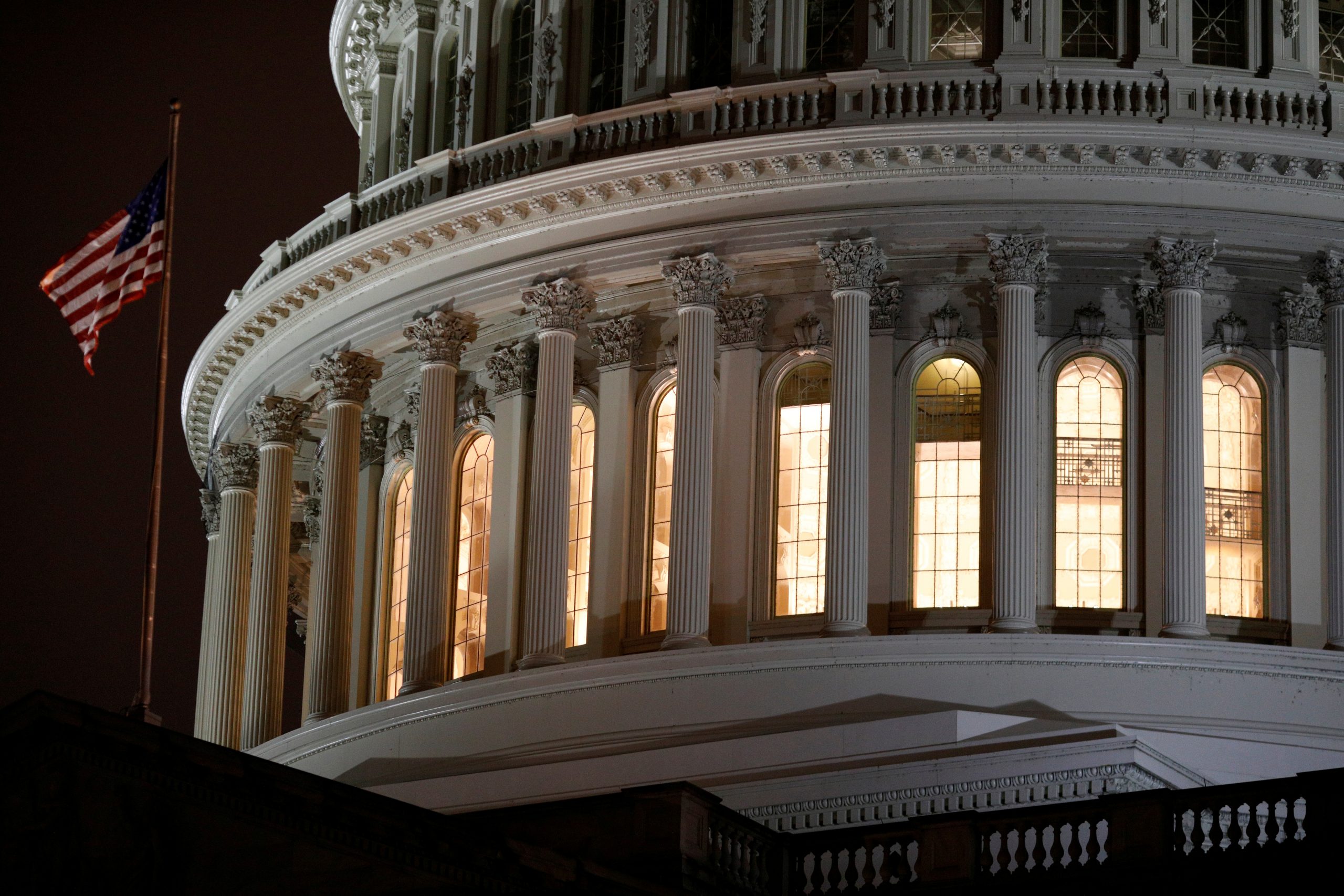The White House hopes Congress will nearly double the size of its program to support ailing small businesses by the end of the week, as some of the nation’s largest lenders still sit on the sidelines and others remain unable to access the system.
U.S. President Donald Trump said the administration will seek another $250 billion on top of the $350 billion of funds granted by Congress last month which launched on Friday.
Treasury Secretary Steven Mnuchin said he hoped Congress would sign off on the funds by Friday, as small businesses scramble for the first-come, first-serve lifeline.
“We want to make sure that every single small business can participate. We want to assure the workers that if you don’t get the loan this week, there will be plenty of money for you next week,” he said during a White House call with bank CEOs.
Executives at Bank of America and JPMorgan Chase said they had received hundreds of thousands of applications. But as of Tuesday, Citigroup Inc <C.N> said it was only accepting a limited number of applications, while Wells Fargo & Co <WFC.N>, which has capped lending under the program at $10 billion, said it had yet to distribute any funds to clients.
The SBA has also yet to launch a promised online system for taking on lenders that have never previously registered with the agency, according to the Independent Community Bankers of America (ICBA).
“That’s an issue if you’re a non-SBA lender, which is more than half of the lenders out there,” said Paul Merski, an executive vice president at the ICBA.
A representative for the SBA did not respond to a request for comment, but on Monday the agency defended its progress, saying the program was unprecedented and pointing out that it had authorized billions in loans in a very short time.
Launched on Friday as part of a $2.3 trillion congressionally approved economic relief package to combat the disruption caused by the novel coronavirus, the program got off to a rocky start as the administration rushed to get funds out the door in days without establishing key terms and paperwork.
Speed is critical, since half of small businesses have less than a two-week cash capital buffer. But the resulting confusion, bottlenecks and technology glitches have sparked widespread frustrations among bankers and businesses alike and left the U.S. Treasury and the SBA scrambling to fix the problems on the fly.
“You couldn’t have scripted a better #trainwreck for our nations community banks and the small biz customers we serve!” Brad Bolton, president and chief executive of Community Spirit Bank in Alabama, tweeted on Monday night.
The SBA overnight authorized 30 loans out of hundreds Bank of the West [BNP.UL] has been trying to process, Cynthia Blankenship, who runs the lender’s operation in Grapevine, Texas, told Reuters.
“We are continuing to be inundated with requests,” she said, adding that many of those are from companies turned away by their big lenders, including Wells Fargo, which has said it is constrained by a regulatory cap on its balance sheet.
Multiple small business owners took to Twitter over the past 24 hours to flag a document they had received from Wells, one of the biggest small business lenders in the country, advising potential applicants to reach out to other banks “to improve your chances of receiving a loan before the funds run out.”
Prominent lawmakers including Democratic Senators Elizabeth Warren, Ed Markey and Chris Van Hollen also jumped into the fray on Tuesday, raising worries that less savvy small businesses without existing bank lending relationships will be shut out of the program altogether.
Quickly deepening the program’s pockets could help ease small business worries that they may miss out, said officials.
“We want to make sure there’s a geographic dispersion to all areas of the program,” said the ICBA’s Merski.
(Reporting by Pete Schroeder; additional reporting by Imani Moise and Ann Saphir; Editing by Michelle Price, Bernadette Baum and Jonathan Oatis)
























